Posts
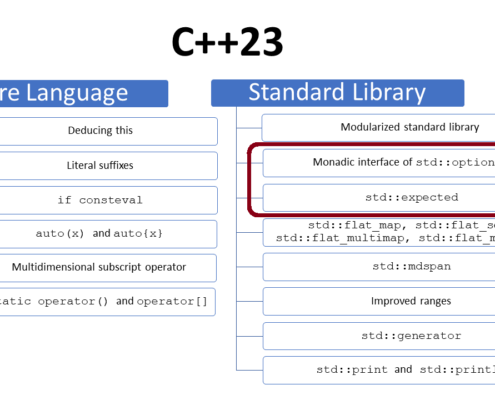
C++23: Four new Associative Containers
The four associative containers std::flat_map, std::flat_multimap, std::flat_set, and std::flat_multiset…

C++ Core Guidelines: Avoid Bounds Errors
/
0 Comments
When you access an element outside a container of the STL, the result is not so promising. Your effect…

More special Friends with std::map and std::unordered_map
Modern C++ has eight associative containers, but your special friends should be std::map and std::unordered_map.…
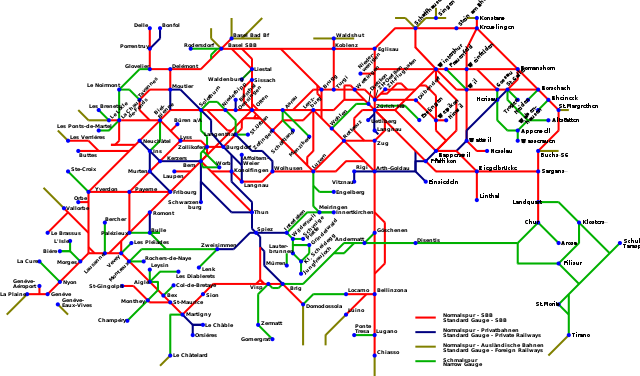
C++ Core Guidelines: More about Control Structures
My last German post C++ Core Guidelines: To Switch or not to Switch, that is the Question got…
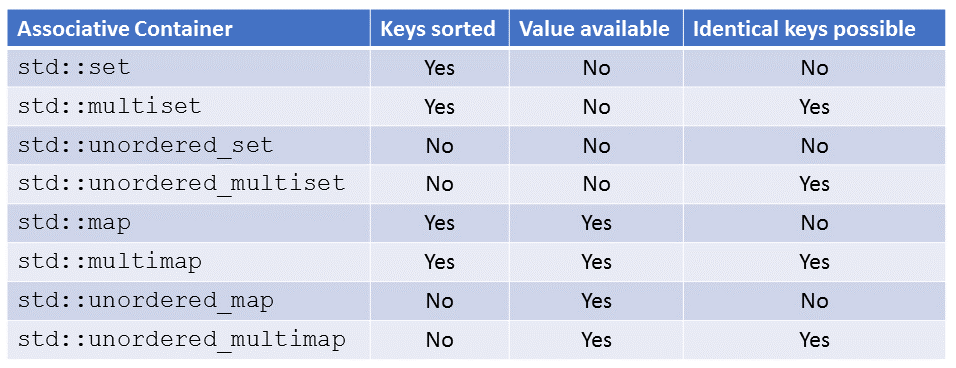
C++17: Improved Associative Containers and Uniform Container Access
C++11 has eight associative containers. With C++17, you can more comfortably insert new elements into…
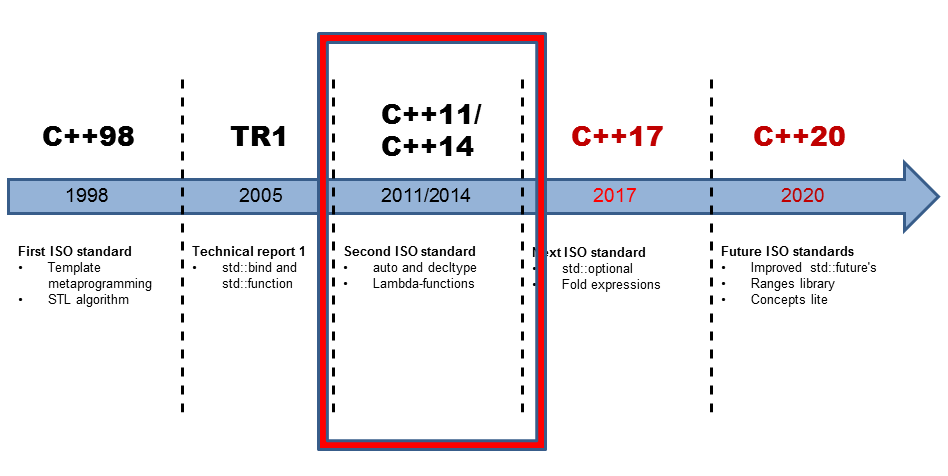
Functional in C++11 and C++14: Dispatch Table and Generic Lambdas
My favorite example, the dispatch table, shows how nicely the features in modern C++ work together. A…
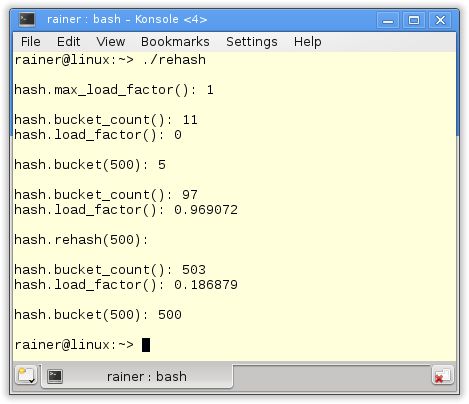
Buckets, Capacity, and Load Factor
The hash function maps a potentially infinite number of keys on a finite number of buckets. What is the…
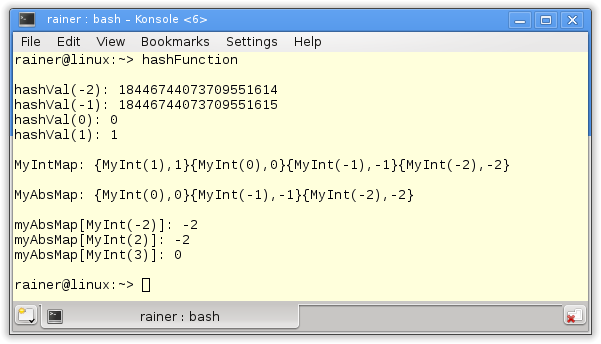
Hash Functions
The hash function is responsible for the unordered associative containers' constant access time (best…
Associative Containers – A simple Performance Comparison
Before I take a deeper look insight the interface of the hash tables - officially called unordered associative…
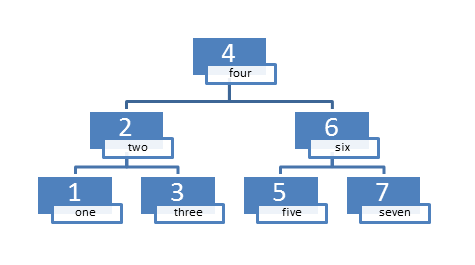
Hash Tables
We missed the hash table in C++ for a long time. They promise to have constant access time. C++11 has…
